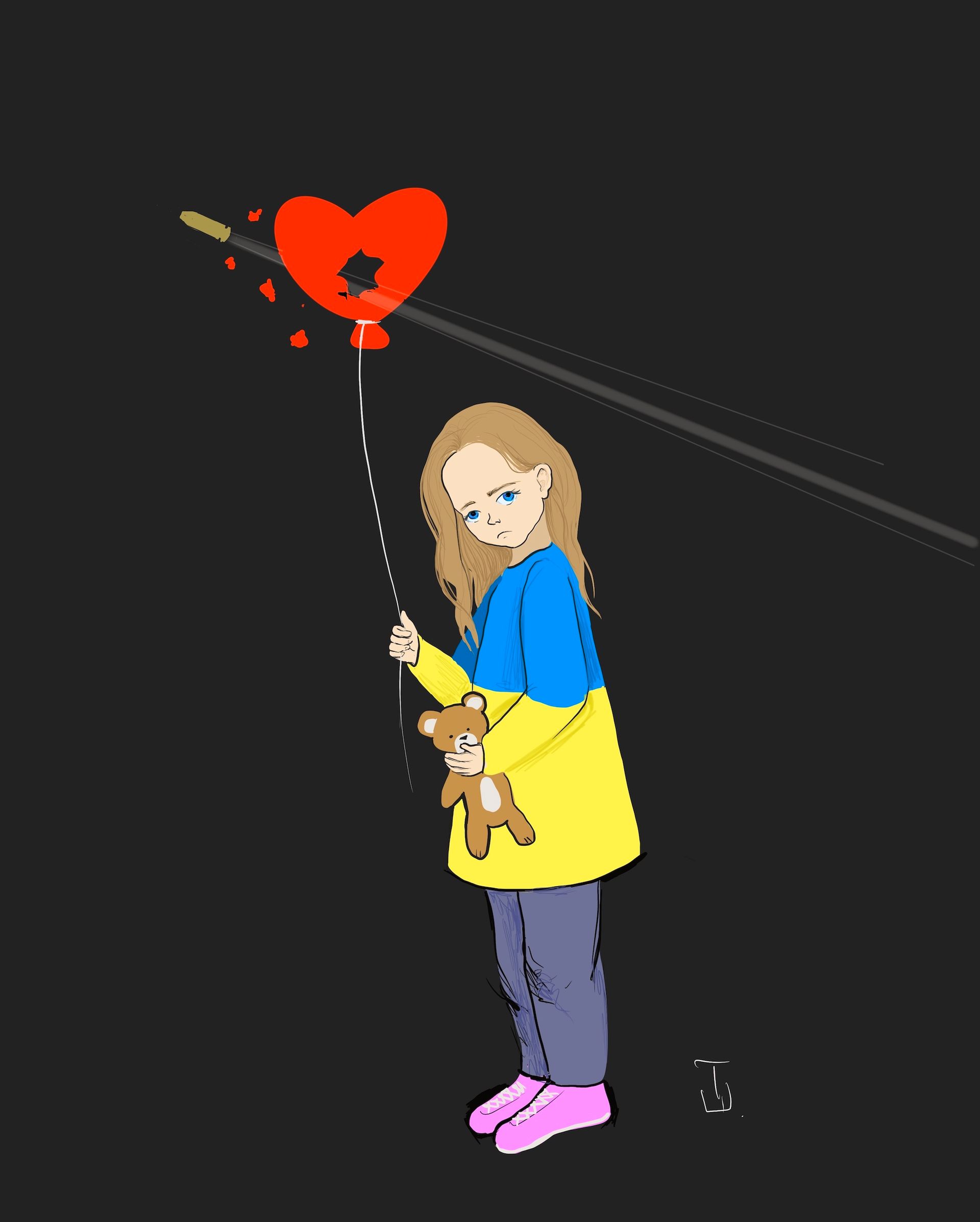While billions of dollars in military aid has been sent to Ukraine since Russia launched its invasion on 24 February, relatively little money has been directed toward the country’s artists, many of whose livelihoods and studio practices have been completely upended by the war. But since April a group of non-profits in the United States has been funneling crucial funds directly to individual Ukrainian artists who have been reeling from the effects of war.
PEN America’s Artists at Risk Connection (ARC) programme, with $2m in funding from the Helen Frankenthaler Foundation and another $100,000 from the Andy Warhol Foundation, has given grants to 133 visual artists who are Ukrainian or were living and working in Ukraine at the start of the war. To date $182,000 have been given to artists through the programme, mostly in the form of emergency grants to support essential needs like housing and food, while a smaller share have been resilience grants intended to help artists pursue their creative practices.
“The Ukraine war came after so many other crises and we found that there just weren’t enough emergency and resilience grants,” says Julie Trébault, the director of PEN America’s ARC programme. “Enabling artists to survive and continue their creative work is really also contributing to the development of Ukrainian art and culture, and to prevent its eradication by Russia.”

Tamara Shevchuk, Вroken heart, 2022 Courtesy the artist
The grants have helped artists with expenses ranging from essential medical care to the purchasing of equipment to do their work and making repairs to their studios. For Andrii Pushakarov, a painter from Dnipro, an emergency grant helped pay for medical expenses related to a heart condition and cover his rent. Kostiantyn Skrytutskyi, an artist involved in Kyiv's beloved Peizazhna Sculpture Alley, will use his emergency grant money to care for his 11-year-old child and his pregnant wife. Tamara Shevchuk, an artist, art teacher, art therapist and graphic design from the Kyiv region, used her grant to replace a computer that was stolen from her home while Russian forces were occupying her community. For Kyiv-based artist Viacheslav Snisarenko, the grant money will go toward completing a new project and making repairs to his studio, which has been left windowless by the war.
“This is a critical part of our work, which is really to help artists make the work they do, but also to provide them direct assistance to face the war,” Trébault says. “A lot of artists we have helped are either in occupied territories working in Crimea or the Donbas, others are in war zones and some artists who have fled the country with their families and need resilience grants to work on their projects.”


